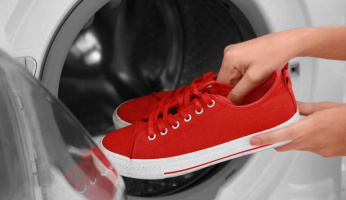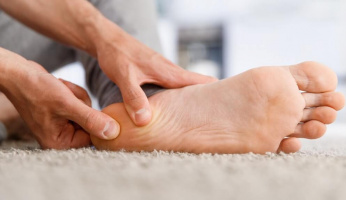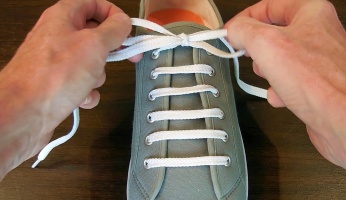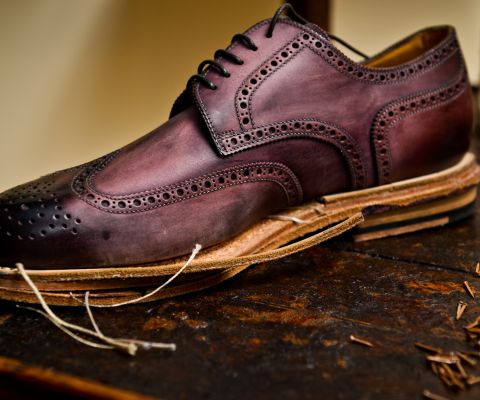5 Signs You Need Wide Shoes
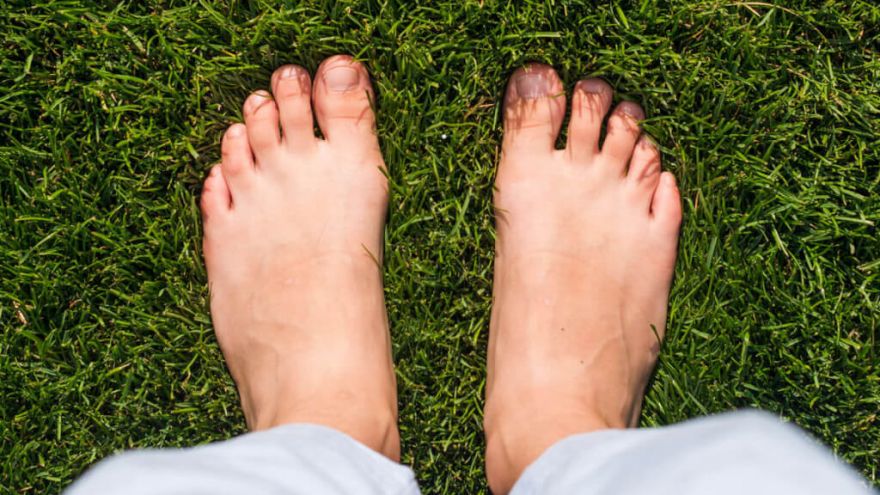 5 Signs You Need Wide Shoes www.walkjogrun.net
5 Signs You Need Wide Shoes www.walkjogrun.net Shoes are a constant in our lives. We wear shoes everywhere in the office, gym, pub, and even at home. But how many of you ask, ‘how do I know if I need wide shoes?’
Even when shoes feel tight or cause pain, people just aren’t asking themselves, ‘do I need wide shoes?’
Because this is a common problem, you may have a wide foot measurement requiring wide shoes.
But because manufacturers have no standard width measurement for wide feet, you may miss the signs you need a wide shoe.
So, carry on reading, and we’ll help you with the question.
What is the difference between regular shoe size and wide?
When shopping, either online or in-store, figuring out if you need wide vs. regular shoes can be a nightmare. Stores use different jargon for the various available widths, represented by letters or letters with numbers.
I suppose you need to ask, ‘what are wide shoes?’
The main thing to remember is that wide fitting, and regular shoe sizes are different not because of the length but because of the width.
That means that wide fittings shoes stay the same length but with a wider forefoot and toe box to fit wider feet.
What is a Wide Foot?
A wide foot usually consists of a similar heel width to those with regular-sized feet, plus wider toes and a wider forefoot. When buying wide-width shoes, you may also find a greater depth due to the taller nature of wide feet.
There’s a whole range of signs you need wide shoes, but the easiest way is to ask yourself is if most shoes make your feet uncomfortable or cramped.
If the answer is an easy yes, you’re most likely wearing the wrong shoe width.
How do I know if I have wide feet?
It can be hard to figure out if you need wide or standard width shoes, especially if buying online.
But one of the easiest ways to find out if you have wide feet is to measure them.
Determining your long-term footwear needs is much easier when figuring out your correct size and the width of your foot. Unfortunately, most people don’t know where to begin when measuring their own feet; that’s why we’ve left you our top tips below.
- Arm yourself with a piece of paper, tape measure or ruler, and a pen or pencil.
- Always measure your feet at night, as your feet tend to expand during the day.
- Always measure on an even or flat surface.
- If you usually wear socks with your shoes, make sure to measure them wearing socks.
- Don’t forget to measure both feet.
- Now for the measuring. Stand on the paper and trace an outline around the outside of both feet. You’ll use this drawing to measure and record the width and length of your feet. To determine the width, measure down the broadest part of your foot. For the length, you’ll need to measure from your longest toe to the end of your heel.
- Then review your measurements to answer the question how do I know if I need wide shoes?
5 signs you need a wide shoe size
Knowing the causes of wide feet goes a long way in helping you know if you need wide shoes since measuring is not the only clear sign that you have wide feet.
For example, you can usually tell the difference between wide and medium shoes by the comfort level of the fit.
Carry on reading for the five signs that you need a wide shoe size.
1. Deformities
In a world of ill-fitting, rarely measured shoes, people often find deformities in their feet that require wider shoes. These deformities can be congenital (present since birth) or develop later.
Often, these common foot conditions result from ill-fitting shoes.
Common foot deformities to watch out for include:
- Club foot
- Claw toe
- Bunions
- Hammertoe
- Crossover toe
- Calluses
2. Pregnancy
Unfortunately, most pregnant women have wider feet during pregnancy and after gestation. The cause is often water retention or the hormone relaxin making the ligaments loosen.
So, if you’re pregnant and your shoes feel tighter than normal, this is a sign you need wider shoes, sometimes permanently.
3. Genetics
Wide feet can be blamed on genetics, with wide feet running in families.
A predisposed genetic disposition to wide feet means you can be born with wide feet, or they can become wider with age.
4. Flat Feet
Another genetic problem that can cause wide feet is flat feet. When those with fallen arches stand, the curve of the foot collapses, so the foot looks wider.
Not sure if you have flat feet? Watch out for the tell-tale pain in the heel due to strained muscles and its connected ligaments.
5. Age and Health Issues
As much as we don’t like to admit to getting old or ill, widening feet can signify aging or other health issues.
In addition, if you have a medical condition like heart problems, diabetes, or kidney disease, your feet may swell and widen.
Should I Size Up if I Have Wide Feet?
Now you’ve measured your feet and find you need wide shoes; all you need to do is find the right pair of shoes. Because comfortable, well-fitting shoes are vital to the health of your feet and joints, finding the right shoes is critical, even life-changing.
I often hear people ask ‘can I wear wide-fit shoes with normal feet?’ That’s a tricky one, because you should always avoid loose shoes. Although sizing up may occasionally work because length and width can be proportional in shoes, larger shoes may be wider.
Sizing up can work if you have long and wide feet, but your shoes will be uncomfortable if you have narrow feet that don’t match the size.
You do want a little wiggle room for your toes, but they should never slide around, nor should your heel lift when you walk. This is a clear sign your shoes don’t fit.
Wearing ill-fitting shoes doesn’t just refer to length, but width too. When you wear tight shoes, you cause yourself pain and potential deformities.
If you’re not already, you should be asking yourself, ‘do I have wide feet?’, so you can ensure you wear the right size shoes.





